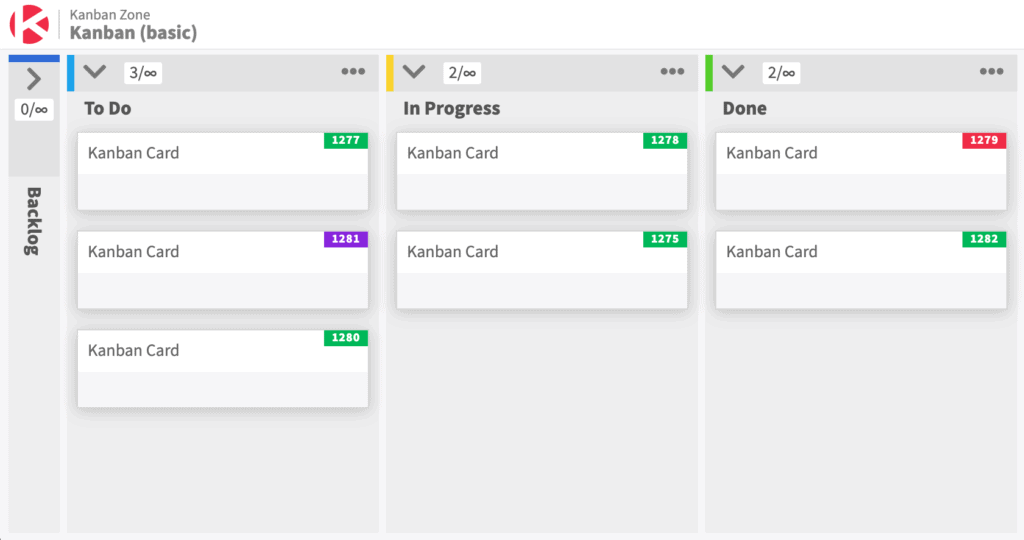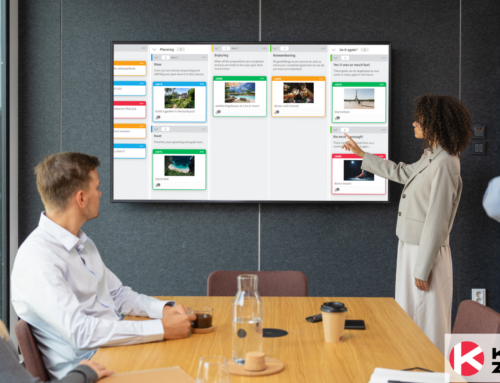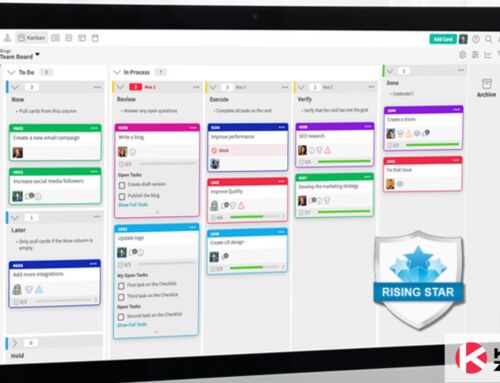
Meetings are part and parcel of every organization. It’s a way for employees to gather, exchange ideas, share feedback, and learn from each other. But team meetings also get a bad rep. Not everyone comes ecstatic to a meeting. Most of the time employees even dread the thought of team meetings. But this is because they don’t see the benefit of it and it’s probably because of how the meetings are held.
If you’re having meetings for meeting’s sake then you’re wasting everyone’s time including yours. Effective team meetings are not difficult to achieve but they do require skill and structure to pull off. Effective team meetings will help your team deliver quality work much faster and chart on a better path together. It will also help you showcase your leadership skills. But why do we need to have effective team meetings in the first place? And how does one conduct an effective meeting?
Why Effective Team Meetings Are Important
Effective team meetings are productive, inclusive, and collaborative. Here are 7 more reasons why you should strive to have effective team meetings.
Builds Stronger Relationships
It’s easier to build teamwork with personal interaction. When there’s a free-flowing exchange of ideas and you can see and hear your teammate’s thoughts personally, you get to establish a deeper bond with your team. Effective team meetings help you create this strong bond. A strong team dynamic is vital to work success and productivity.
Nothing beats a physical team meeting to improve employee engagement and maintain a good working relationship. But if you must meet remotely via a conference call, opt to use video so you can still see your teammates’ expressions and establish a deeper connection with them. Effective team meetings can also foster brand loyalty by ensuring that everyone in the team is aligned with the company’s values and goals.
Establishes Alignment
While it’s true that some meetings are better off discussed in an email, some topics require face-to-face discussion. Effective team meetings allow teams to discuss complex issues and talk through ideas and solutions. When discussing a project matters with a lot of variables involved, it’s easier and faster to do so in a meeting. Effective team meetings enable teams to get on the same page quickly than emails will ever do.
Helps Make Better and Faster Decisions
An effective team meeting is essential to issue resolution and brainstorming. If you’re a team manager, it’s easier to make better decisions when you have enough information on key matters that affect your team. Most of the time, it’s your team members who will have more visibility and knowledge on these matters. Having a team meeting with them will help you get those information faster and come up with a sound decision that’s beneficial for everyone involved.
Promotes Inclusion
Effective meetings also promote inclusion. It becomes an avenue for them to freely express their thoughts and ideas. They know that they can share their inputs and they are heard loud and clear. Culture plays a vital role here. When you have an encouraging and inclusive culture in place, you get to create an environment that’s supportive and productive for everyone.
Facilitates Creative Thinking and Innovation
Ever get that feeling of satisfaction after a team meeting because of all the “AHA!” moments you and your team experienced? Effective team meetings allow employees to showcase critical thinking, creativity, and ingenuity. You can come up with a good idea alone. But think of the possibility of creating even better ideas when you and your team work together.
A Medium for Feedback and Continuous Improvement
Effective team meetings are a great channel for feedback and continuous improvement. Feedback is given instantaneously and this open communication allows your team members to grow professionally. Team meetings are a great way to learn more about working with your team and how you can continuously improve. A team retrospective is a good example of such a meeting. It provides teams to examine what’s going well for them and what they can improve on.
Improves Employee Engagement
When team members feel that their inputs are solicited and considered, it helps them value their job more. It also motivates them to contribute to the improvement of the team and the organization as a whole. This sense of belonging solidifies their place in the organization and helps them appreciate their work. When you have high employee engagement, expect more productive employees and better overall results for your business.

Tips for Running Effective Team Meetings
Now that you know the benefits of an effective team meeting, it’s time to have your own. Here are some tips on how you can make sure to always have an effective and engaging team meeting.
Have a Clear Agenda
What is the purpose of your team meeting? What do you want to share during the meeting? Is it beneficial for everyone? What do you want to come out of the meeting? Learn more about how to create an effective meeting agenda.
Determine Who Should Attend
Now that you know your meeting’s purpose, who do you think should be in the meeting? Does the whole team need to be in it or just select team members? Who are the ones involved in the topic you will discuss? Whose inputs do you need to get? To make sure that all the intended participants get to join the meeting as scheduled, streamline the check-in process by having the attendees scan QR code for them to easily join the session.
Set Your Schedule
Set a date and time for your schedule and as much as possible schedule it ahead of time. Give your attendees plenty of notice so they can prepare and ensure their attendance. You can use your team meeting agenda to assess how much time you will allocate for each topic. An hour is the common team meeting length. It is typically recommended to reserve your meeting rooms in advance and provide participants with the RSVP as a link or generate a QR code for early check-in. This allows for proactive contingency planning. Anything beyond an hour could be counterproductive. But while an hour is the norm, there’s no stopping you from keeping your meetings much shorter. And if you get to finish earlier than your schedule, then wrap it up and don’t let it drag on for too long.
Stick to Your Agenda
Anything that’s not on the agenda was not planned to be discussed. Avoid getting sidetracked by other discussions or topics. If you feel that it’s a necessary discussion to be had, then set up another time to discuss it.
Determine Action Items
Any action items from the meeting should be properly documented and communicated. Determine who’s responsible for them and also set target deadlines for completion. You also need to set how you’re going to follow up on these action items.
Encourage Feedback
Just because you set up the meeting, doesn’t mean you’re the only one who gets to talk. Encourage your team members to give their inputs and feedback. Give everyone the chance to speak. You’ll be surprised at how much you can get done when everyone participates. You should also get your team’s feedback on how your meeting went and what they think can be improved.
Tools for Effective Team Meetings
Whether you’re running a physical or virtual team meeting, visual aids will help you get more done in your team meeting. Common tools used during team meetings are slide presentations, a whiteboard, a marker, and maybe some sticky notes too. But you can level that up and use a Kanban board instead for your next team meeting. You can have a Kanban card for each topic in your meeting agenda and have the flow through a simple Kanban system while the discussion is ongoing. You can also set aside a specific column for blocked items or items that need a follow-up like an action item. If you’re using an online Kanban board, you can easily collaborate on the board even after your meeting. You can take notes on the Kanban cards themselves so you don’t need to write the minutes of the meeting document later on. The Kanban board becomes your meeting artifact.
Want to have a more democratic meeting? Try Lean Coffee Meeting and get started with our Lean Coffee Template.

Depending on how you conduct your meeting, it can be a productive and rewarding experience for everyone. With a clear agenda, prepared attendees, and the right tools, you can constantly whip up effective team meetings and increase your team’s efficiency and engagement. Apply our tips to get the most out of your team meetings.
Learn to Work Smarter, Not Harder!
Get our top articles weekly.
Table Of Contents
Discover many more posts…







